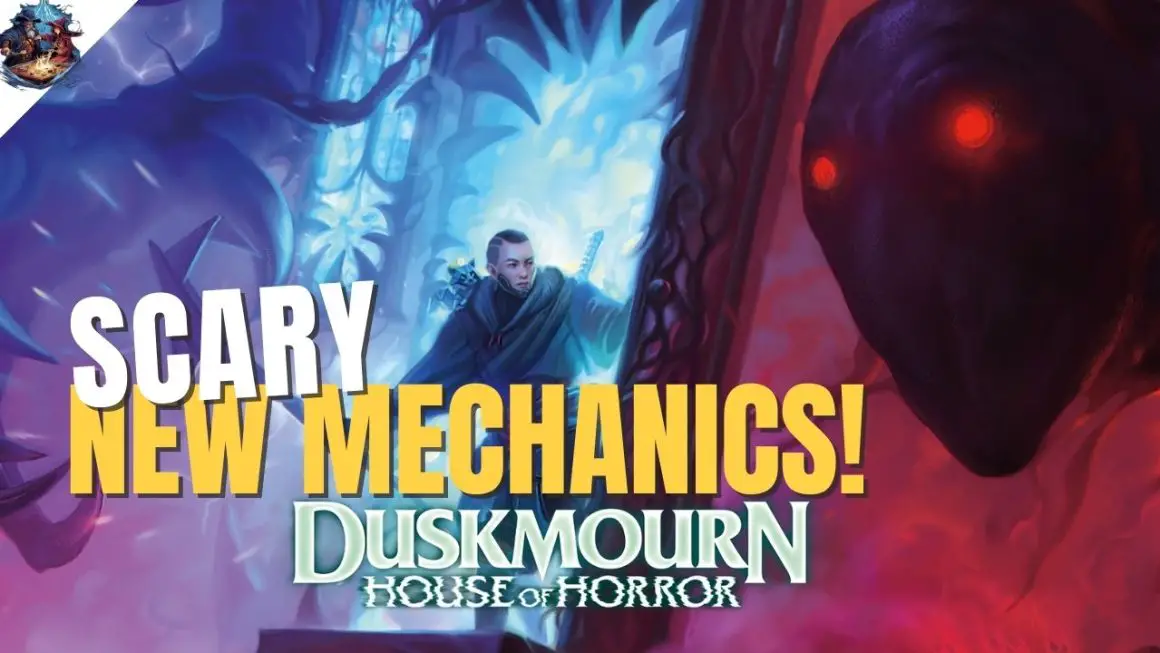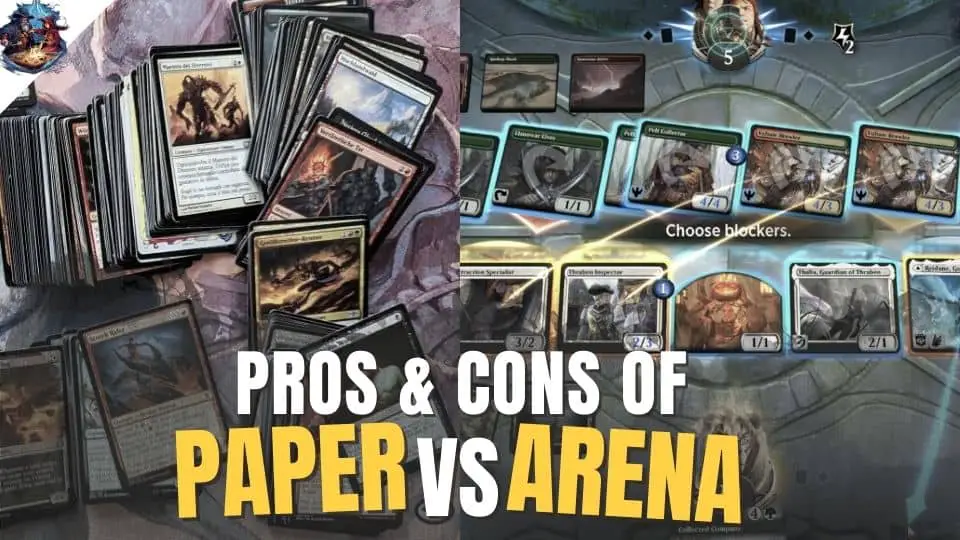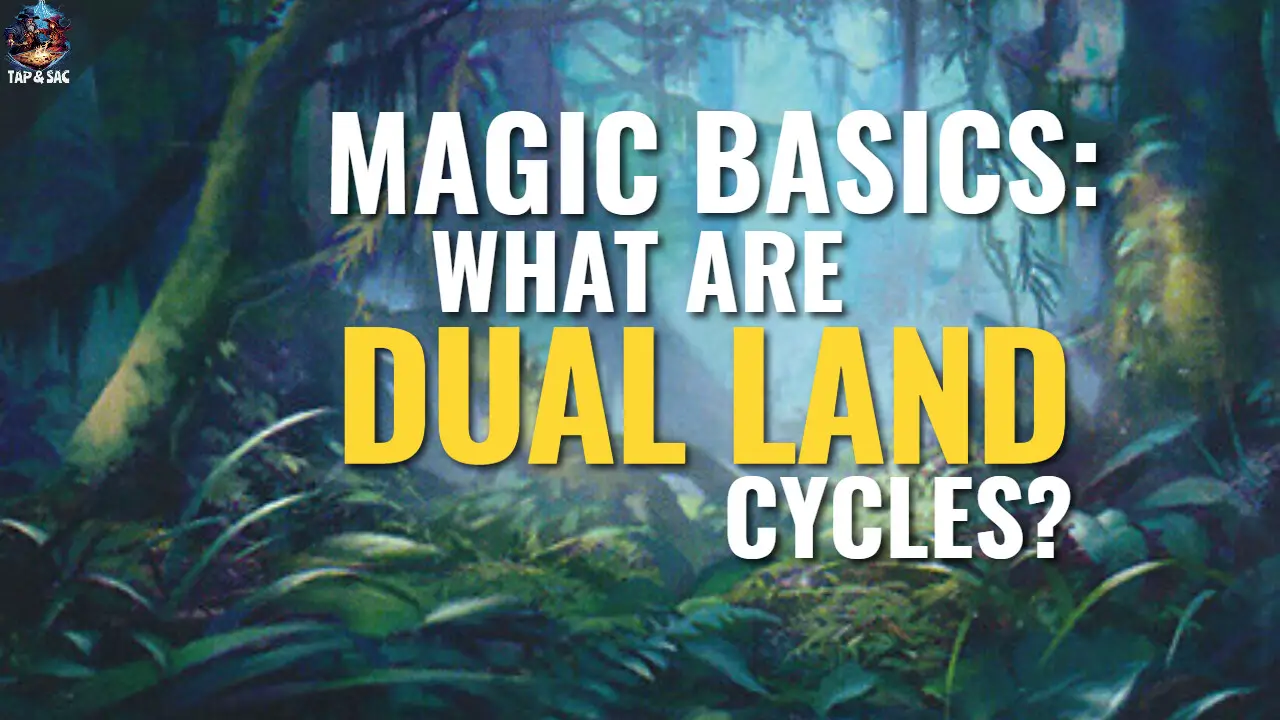If you’ve been playing Magic for a while, you might start to find Standard too stale, and Modern too expensive. The Pioneer format may then be the right balance for you.
Introduced at the end of 2019, Pioneer was intended to be a non-rotating format for players to continue using newer cards that had just became ineligible in Standard, but without tapping into the enlarged card pool of the Modern format with even more powerful cards.
The Birth and Immediate Fall of Pioneer
The birth of Pioneer bears similarities to the formation of Modern back in 2011. After 20 years of sets, Modern has become less of a format for newer players and something that feels closer to the older, eternal formats. Pioneer’s goal is to fill this gap.
Unfortunately, the pandemic happened just a few months after Pioneer’s introduction, eliminating all in-store paper events where the format was intended to be played at. This severely knee-capped Pioneer’s growth and adoption.
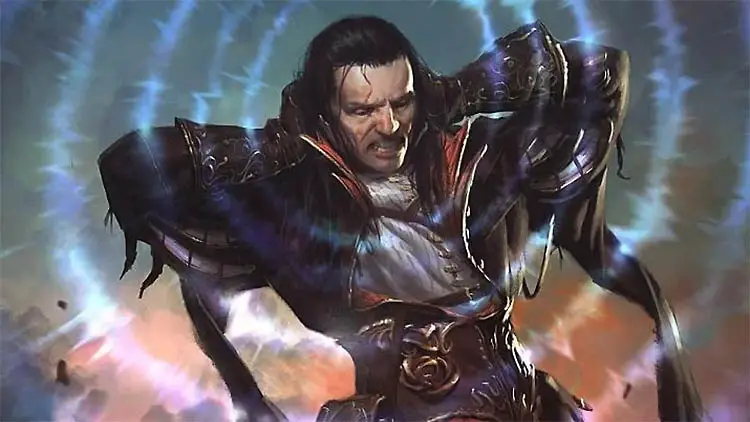
It didn’t help that Pioneer was not available on MTG Arena, only on MTG Online (MTGO) where it had a harder time getting players to switch from the more established formats. Months after its introduction, take-up was dismal, people were saying it’s a dead format, and there was talk that Wizards would end up abandoning it.
Was Pioneer the Dodo or the Phoenix?
But they didn’t, and near the end of 2021, Wizards released the Pioneer Challenger Decks, a set of 4 ready-to-play Pioneer decks (including Sideboard cards) based on some of the meta decks at the time.
When in-store play finally returned at the start of 2022, Wizards encouraged stores to hold weekly Pioneer events, and to further show their commitment to it, they made Pioneer the first format for the recently revived regional championship tours. So if you’ve been to your LGS recently, you might’ve noticed that the qualifier events are in Pioneer.
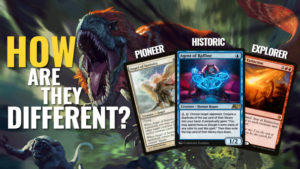
And so like an Arclight Phoenix from the graveyard, Pioneer is back stronger than ever, now with the support and environment it needs to grow and thrive as a format.
2022 is the perfect time for you to get into Pioneer!
Deck Building Rules and the Eligible Card Pool
Just like most of the 1v1 constructed formats, Pioneer is played with a deck of at least 60 cards, and up to a 15-card sideboard. As usual, you may play up to 4 copies of any card available in the card pool, except basic Lands, or the special cards that specify no limit to the copies you can play in a deck, like Persistent Petitioners or Dragon’s Approach.
Which cards? Core sets and expansions all the way back from2012’s Return to Ravnica to the present are legal in Pioneer.
- Return to Ravnica
- Gatecrash
- Dragon’s Maze
- Magic 2014
- Theros
- Born of the Gods
- Journey into Nyx
- Magic 2015
- Khans of Tarkir
- Fate Reforged
- Dragons of Tarkir
- Magic Origins
- Battle for Zendikar
- Oath of the Gatewatch
- Welcome Deck 2016
- Shadows over Innistrad
- Eldritch Moon
- Kaladesh
- Aether Revolt
- Welcome Deck 2017
- Amonkhet
- Hour of Devastation
- Ixalan
- Rivals of Ixalan
- Dominaria
- Core Set 2019
- Guilds of Ravnica
- Ravnica Allegiance
- War of the Spark
- Core Set 2020
- Throne of Eldraine
- Theros Beyond Death
- Ikoria: Lair of Behemoths
- Core Set 2021
- Zendikar Rising
- Kaldheim
- Strixhaven: School of Mages
- Adventures in the Forgotten Realms
- Innistrad: Midnight Hunt
- Innistrad: Crimson Vow
- Kamigawa: Neon Dynasty
- Streets of New Capenna
Since its inception, a few cards have also been banned from Pioneer for many reasons, mostly gameplay health. Notably, all Fetch Lands are banned since the format’s inception. This was intended by Wizards to make 5-color decks a bit harder to support, and also incentivise construction of different deck types instead of just piles of generic good stuff.
And this seems to be working, because even though certain decks do end up being top tier in certain metas, a look at the winning decks on MTGO show there’s a healthy variety of deck types that can go 5-0 in the challenges. Indeed there’s likely a viable competitive deck to suit your play style and budget.
What’s a Good Pioneer Deck Today?
MTGGoldfish’s Pioneer page is a decent place to start exploring deck lists. Here’s a description of decks that are popular in the current meta.
Mono Blue Spirits
A personal favourite. This plays very similarly to the Mono Blue tempo deck that was competitive in the recent Guilds of Ravnica Standard era, but with an emphasis on spirit tribal.

Use cheap blue counter spells to disrupt your opponent’s game plan and protect your board, while refuelling your hand with evasive spirits enchanted with the deck’s key card, Curious Obsession. It’s an easy deck to get into, with a deep well of strategy to master. As a bonus, it’s one of the cheapest Tier 1 decks in the format.
Mono Red Aggro
Can’t have a format without a Red Deck Wins deck! You’ll find plenty of creatures with the Prowess mechanic, backed by burn spells to clear the path. But the star is Eidolon of the Great Revel, punishing many of the decks (including the above Mono Blue deck) for casting anything that costs 3 mana or less.
Mono Green Karn
A powerful, flexible deck that aims to ramp out powerful threats, such as a turn 2 Old-Growth Troll. Once a few green permanents are on the board, the deck snowballs by generating gobs of mana with Nykthos, Shrine to Nyx to play even more threats.
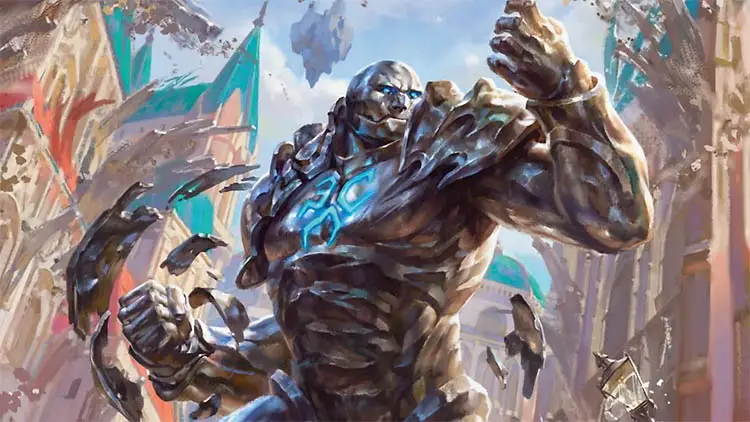
Karn, the Great Creator allows access to a ‘wish board’ of Artifacts for the different situations you might face. And if you wish up Pestilent Cauldon, you can cast the other side (Restorative Burst) for an infinite mana combo with Karn, Kiora, and Nykthos on the board.
Rakdos Midrange
Speaking of flexible, Rakdos Midrange lets you adapt to the various decks you’ll be up against in Pioneer. Bone up on the meta so you know when to deploy red and black’s cheap, well-rounded suite of threat removal (such as Thoughtseize, Fatal Push, or Dreadbore), when to shift to aggro with value creatures like Bloodtithe Harvester and Bonecrusher Giant, or when to generate value with Sorin the Mirthless, Chandra, Torch of Defiance, and Kalitas, Traitor of Ghet.
Izzet Phoenix
Another throwback to the Standard of yesteryear. The game plan is to pitch Arclight Phoenix(es) into the graveyard and reanimate them by storming a slew of cheap cantrips and removal. Different versions have Thing in the Ice, Ledger Shredder, and/or Young Pyromancer to get additional value out of all that spell slinging.

And with all those cards going into the graveyard, the Pioneer version deploys two powerful spells using Delve to keep the gas going: Treasure Cruise for card draw, and Temporal Trespass for extra turns.
Azorius Control
Do you prefer a more annoying controlling play style? The format’s premier control deck is Azorius (blue-white) aggro, with the best pile of removal, board wipes, counter spells, and card draw in the format. Teferi, Hero of Dominaria was a control staple in Standard and is still a staple here.
Once you cripple the opponent’s game plan, stabilise with The Wandering Emperor, Shark Typhoon, and/or Castle Ardenvale so you can peck your helpless opponent’s to death with creature tokens.
Combo Decks
It’s not Magic without an elaborate way to assemble a few cards to do absolutely broken shenanigans. Two of the format’s top combo decks are the various flavours of Greasefang (the green-black-white version currently the best build), which can get a Parhelion II out and attacking as early as turn 3 for a whopping 13 damage in the air.

There’s also Lotus Field, a truly complex deck that aims to generate a lot of Mana, draw the deck, deploy expensive spells like Omniscience, and then grab its winning card, Approach of the Second Sun, from its wish board.
End Step
These decks are just a sampling of the many decks you can start with. Despite its rocky start, Pioneer is now shaping up to be an exciting format, with players coming up with new strategies and decks to continuously challenge the established ones.
It’s a good alternative to Modern, and a great way to keep on using your Standard cards. You can rest assured that Wizards is backing this format, and it’s here to stay. Check your LGS’s event schedule and head on down to try a Pioneer event.
Write for Tap & Sac!
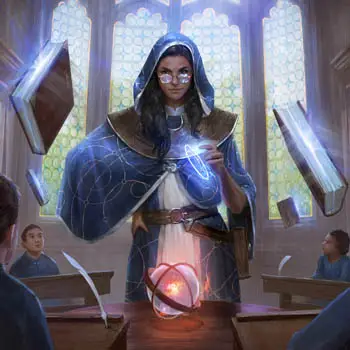
If you live for Magic and feel you have something to say that can help the player community learn and grow, we want to hear from you!
Drop us an email at lets@ with your topic idea and/or a writing sample (doesn’t have to be on Magic) and we can discuss further from there!


